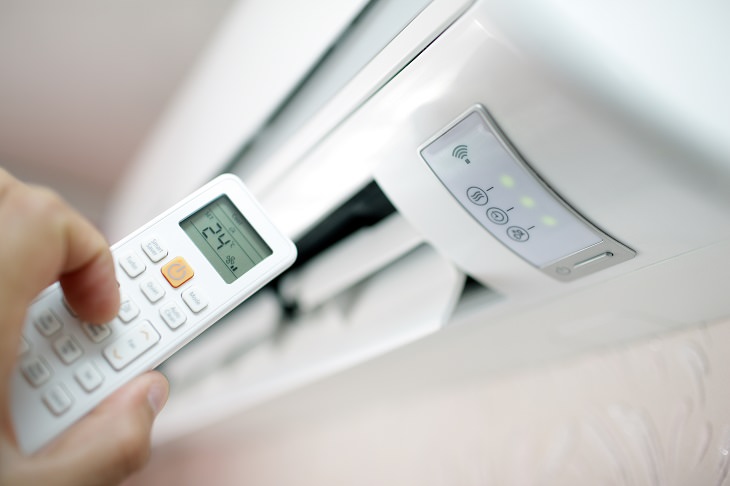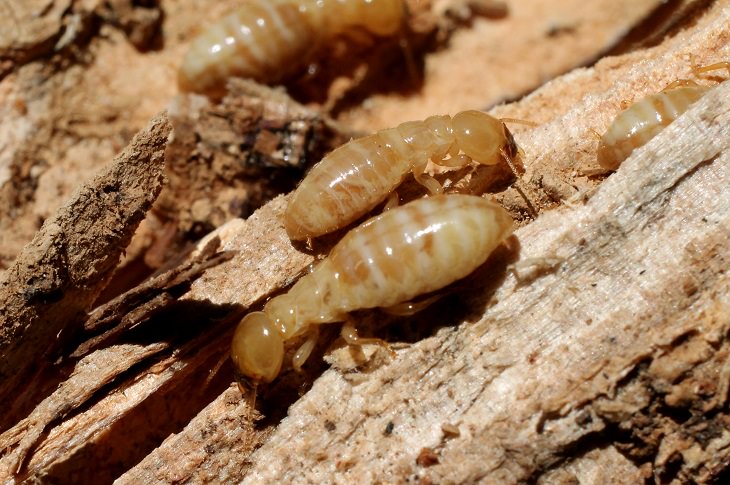
A leaky faucet is annoying enough for the drip-drip-drip sound that it makes, but that pesky leak is also costing you money. A little drip might not seem like much, but a drip calculator from the American Water Works Association puts it into perspective: 30 drips per minute means a waste of 4.32 gallons of water per day, 129.6 gallons per month, and over 1,576 gallons per year.
To add to this, these leaks can cause major damage to the structure of your home over time, resulting in thousands of dollars in repair costs. Therefore, every now and then you should also check for leaks you can’t see, like in the attic or unused parts of the basement, and fix them as soon as possible to prevent more extensive and costly damage down the road.
2. Those Long, Steamy Showers
We all enjoy a hot shower or bath, but that monster water heater needs a lot of energy to keep things toasty. If you have an older water heater, you should consider wrapping it in an insulated blanket to save around 20-50$ on electric heating annually. If your budget allows for it, you should seriously consider replacing the old water heater with an energy efficient model, saving up to 50% more per year.
Additional unnecessary costs come from the temperature setting being too high. The ideal temperature is 120 degrees Fahrenheit. If the temperature on the water heater is set at 140 degrees Fahrenheit, you risk not only scalding yourself, but also wasting $36 to $61 per year in standby heat losses and more than $400 in demand losses.

Turning off all the lights in your house that you’re not using is one way to save money, but there is a more substantial way to stop lighting your money on fire. All you need to do is replace your incandescent lights with LEDs. By replacing your home’s five most frequently used light fixtures with LED bulbs, you could save yourself $75 per year.
4. Cracks and Crevices
Running the fire in the winter and the A/C in the summer certainly makes our homes more comfortable, but those random cracks and crevices that you walk by everyday on the outside of your house are letting all that heat and cool air escape.
Therefore, if you want to pocket around 10-15% of your energy bill, you should seal up those escape routes. Caulk around door and window frames, and use weather stripping and door draft seals. Inspect the exterior of your home and seal around any protrusions such as hose bibs and vents.

If it isn’t broke, don’t fix it, right? Well, that phrase doesn’t apply here. Having A/C is a major monthly cost. We’re happy to hear it humming along and think nothing of it until something goes wrong. One of the things that most homeowners don’t understand is that dirty and clogged A/C units can cost more to operate. In fact, the increased electrical use can cost an extra $50 per month.
Therefore, if you have an A/c unit, you should schedule A/C maintenance for it at least every other year for the first 10 years and then annually after that.
6. Not Using Ceiling Fans
Ceiling fans could cut costs by as much as 40% in the summer and 15% in the winter. While you might not consider using a ceiling fan in the middle of winter, it’s actually a clever way to keep the heat in your room. All you need to do is switch the blades so they’re spinning clockwise to trap the heat inside.

Termites can quietly eat through the wood of a home 24 hours a day, seven days a week. The damage to structural support beams, inside and often out of sight. can compromise the structural stability and safety of a home.
The National Pest Management Association (NPMA) advises homeowners to remain vigilant, and routinely inspect the foundation of their home for signs of termites, including mud tubes, soft wood that sounds hollow when tapped, and cracked or bubbling paint.
8. Lack of Insulation
40% of a home’s heat loss takes place through the attic. Therefore, you should consider adding an attic stair cover or additional insulation to prevent loss of heat during the winter periods. Taking these simple steps can save homeowners 15-20% on their winter energy bill.
Source: rd
Images: depositphotos